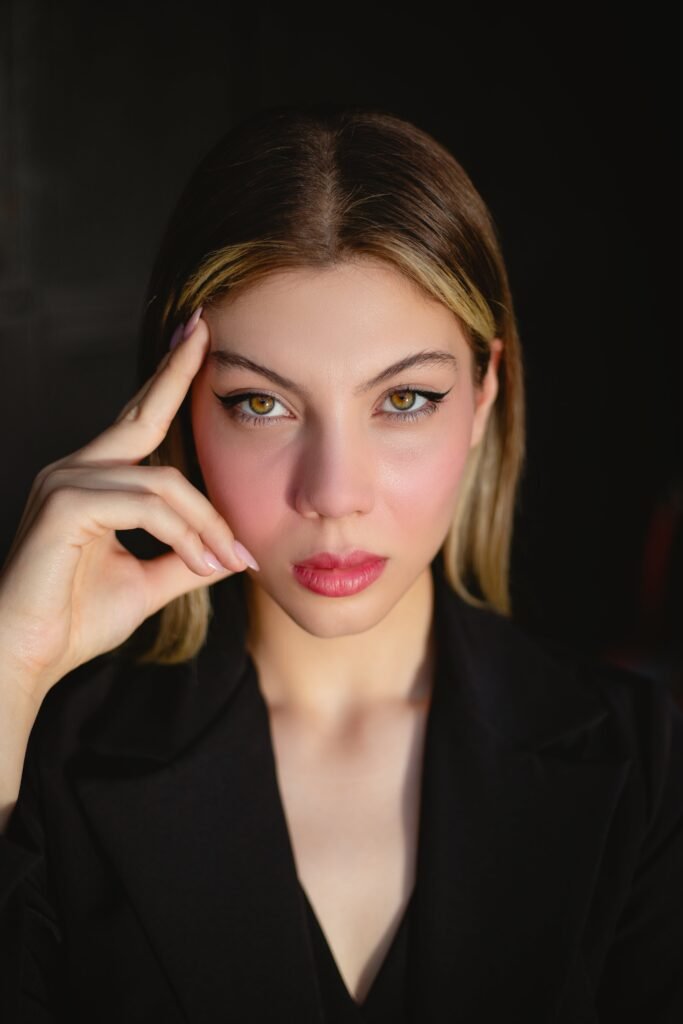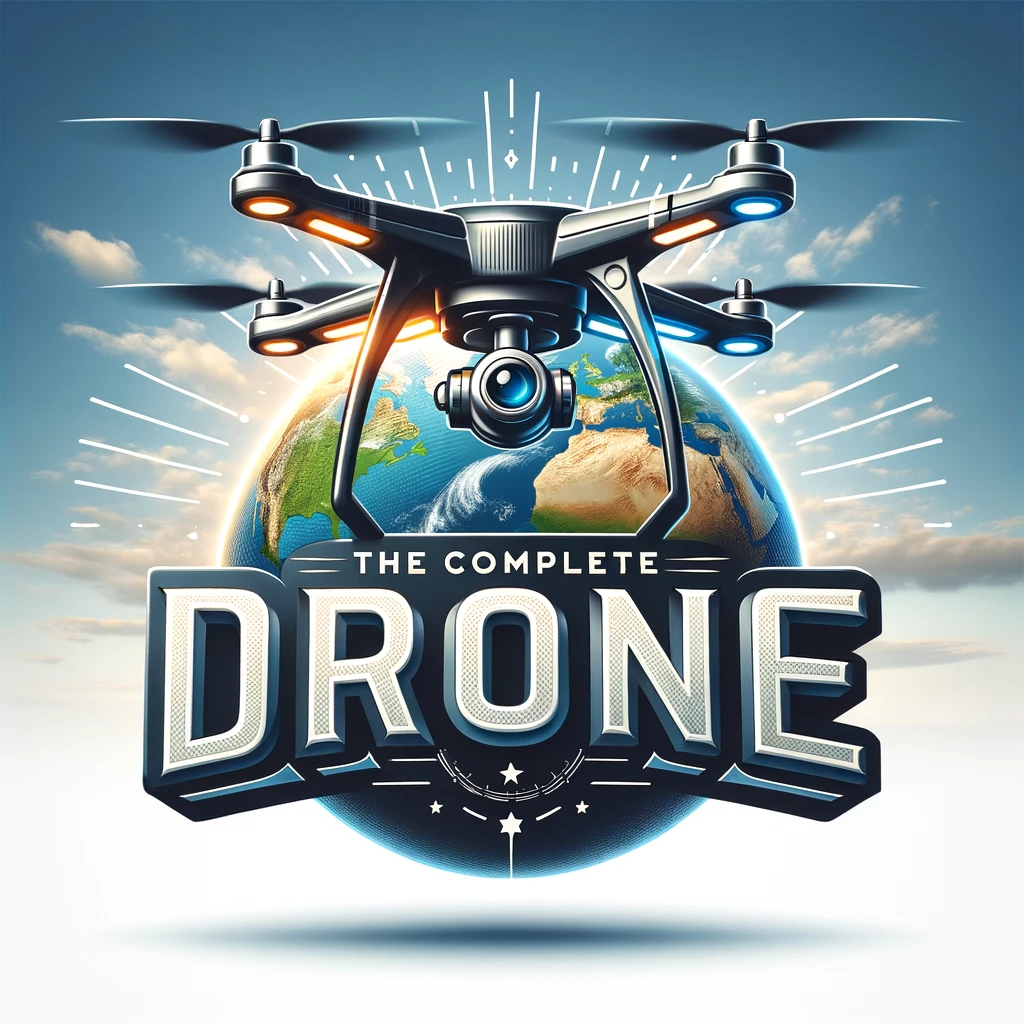If you’re an aspiring photographer or simply love capturing breathtaking aerial shots, finding the perfect drone for photography can be quite challenging. With the ever-growing market and a wide range of options available, making the right choice can feel overwhelming. From portability to camera quality, battery life to flight stability, there are various factors to consider before investing in a drone that will truly elevate your photography skills. In this article, we will explore some of the top contenders in the drone market, weighing their features and performance to help you find the best drone for your photography aspirations. When it comes to capturing stunning aerial photography, having the right drone is crucial. With so many options on the market, it can be challenging to determine which one is the best fit for your specific needs. In this article, we will explore the top factors to consider when choosing a drone for photography, and then dive into the top 5 drones that stand out in each category.

This image is property of images.pexels.com.
Factors to Consider
Camera Quality
One of the most important factors to consider when choosing a drone for photography is the camera quality. The camera’s capabilities will greatly affect the image and video quality of your aerial shots. There are three key aspects to consider within camera quality: sensor size, megapixels, and lens quality.
Sensor size plays a crucial role in determining the amount of light the camera can capture, which directly affects image quality. A larger sensor size will allow for better low-light performance and increased dynamic range.
Megapixels are another important consideration when evaluating camera quality. Higher megapixels will provide more detail in your photos and allow for larger prints without losing quality.
Lens quality is equally important, as it can significantly impact the sharpness, clarity, and distortion levels in your images. Look for drones with high-quality lenses or the option to change lenses for added flexibility.
Image Stability
Image stability is essential for capturing professional-quality photos and videos. The last thing you want is shaky footage that is unusable. To ensure image stability, look for drones with gimbal stabilization and Electronic Image Stabilization (EIS) features.
Gimbal stabilization is a mechanical system that helps keep the camera steady during flight, reducing unwanted vibrations and movements. This allows for smooth and stable footage, even in windy conditions or during fast maneuvers.
Electronic Image Stabilization (EIS) is a software-based stabilization method that further enhances the stability of your footage. It compensates for any unwanted movements that the gimbal may not be able to counteract fully.
Additionally, some drones offer specific flight modes designed to capture smooth footage, such as slow-motion shots or cinematic pans. These modes can be an excellent addition to your creative toolkit.
Flight Time
Flight time is an essential consideration for any drone user, especially photographers. You want a drone that can stay in the air for a sufficient amount of time to capture everything you need without having to constantly change batteries.
When evaluating flight time, look for drones with longer battery life. Some drones can stay airborne for up to 30 minutes or more, while others may only last around 15 minutes.
Also, consider the battery charging time. If the battery takes a long time to recharge, it can significantly impact your ability to capture shots efficiently, especially if you are on a tight schedule.
Portability
Portability is another critical factor for photographers who are always on the go. Whether you are traveling to remote locations or simply want a drone that is easy to carry around, a compact and lightweight design is a must.
Look for drones with a foldable design, as they are more convenient to pack and transport. Foldable drones can easily fit into a backpack or travel case, saving you valuable space.
Weight is also an important consideration for portability. A lighter drone will be more comfortable to carry and maneuver, especially during long shoots or when hiking to remote locations.
Range and Transmission
Having a reliable and long-range connection between your drone and controller is crucial for aerial photography. An extended range will allow you to explore more areas and capture unique perspectives.
When evaluating range, look for drones with a maximum control range that suits your needs. Some drones can be controlled from several miles away, whereas others have a shorter range of only a few hundred meters.
Real-time video transmission is equally important, as it allows you to see what the camera sees in real-time. Look for drones with a stable and high-quality video transmission system to ensure you have a clear view of your shots while in flight.
Obstacle Avoidance
Obstacle avoidance is a vital safety feature that can prevent costly crashes and protect your investment. Drones equipped with collision sensors can detect and avoid obstacles such as trees, buildings, or other drones, ensuring a smooth and accident-free flight.
Additionally, some drones offer advanced flight modes that prioritize safety, such as automatically returning to home if the signal is lost or the battery is running low. These features can provide peace of mind and protect your drone from potential damage.
Intelligent Flight Modes
Intelligent flight modes are a fantastic addition to any photography drone, as they offer unique creative possibilities and simplify the capturing process. Here are a few popular intelligent flight modes to consider:
-
ActiveTrack: This mode allows the drone to automatically track and follow a subject, keeping it in the frame at all times. It is perfect for capturing dynamic shots of moving subjects such as cars, animals, or athletes.
-
Waypoints: With this mode, you can pre-plan a specific flight path for your drone. You simply set points on a map, and the drone will follow the designated route, allowing you to focus on capturing the perfect shot.
-
Follow Me: In Follow Me mode, the drone will autonomously follow and track you as you move around, capturing unique perspective shots from a distance. This is ideal for capturing action shots or documenting outdoor adventures.
-
Point of Interest: This mode allows you to select a specific point of interest, and the drone will autonomously orbit around it, capturing stunning footage from different angles. It is perfect for creating captivating and cinematic shots.
Price
Price is an important consideration for many photographers, as drones can range from a few hundred dollars to several thousand dollars. It is essential to determine your budget and prioritize the features that are most important to you.
Remember that a higher price does not always guarantee better performance or image quality. Consider your specific needs and the features that will have the most significant impact on your photography.
Ease of Use
Ease of use is another crucial factor, especially if you are new to drone photography. Look for drones that are designed with user-friendly interfaces and intuitive controls, allowing for a seamless and enjoyable flying experience.
Additionally, consider the availability of tutorials, user guides, and customer support. Having access to helpful resources can make a world of difference when it comes to learning how to fly your drone and maximizing its potential.
Customer Reviews
Lastly, it is always wise to consider customer reviews before making a final decision. Reading about other users’ experiences can provide valuable insights into the drone’s reliability, durability, and image quality. Look for a drone with positive reviews and a solid reputation within the photography community.
Now that we have explored the key factors to consider when choosing a drone for photography, let’s dive into the top 5 drones that stand out in each category.
Top 5 Drones for Photography
DJI Phantom 4 Pro
The DJI Phantom 4 Pro is a powerhouse drone that offers exceptional camera quality, image stability, and range. It features a 20-megapixel camera with a 1-inch sensor, allowing for incredible image detail and low-light performance. The Phantom 4 Pro also comes equipped with a 3-axis gimbal stabilization system and EIS, ensuring smooth and stable footage in various conditions. With a maximum control range of up to 4.3 miles and real-time video transmission, you can confidently explore new perspectives and capture stunning aerial shots.
DJI Mavic 2 Pro
The DJI Mavic 2 Pro is a highly versatile drone that excels in camera quality, portability, and intelligent flight modes. It boasts a Hasselblad camera with a 1-inch sensor and 20-megapixel resolution, delivering exceptional image quality. The Mavic 2 Pro’s foldable design and lightweight build make it incredibly portable, allowing you to take it wherever your photography adventures take you. With intelligent flight modes such as ActiveTrack, Waypoints, and Point of Interest, you can easily capture professional-grade shots with minimal effort.
Autel Robotics Evo
Autel Robotics Evo is a reliable drone that offers a balance between camera quality, flight time, and range. It features a 12-megapixel camera with a 1/2.3-inch sensor, capable of capturing stunning aerial photos and videos. With a maximum flight time of 30 minutes, you can spend more time capturing shots and less time changing batteries. The Autel Robotics Evo also offers a control range of up to 4.3 miles and real-time video transmission, giving you the flexibility to explore new perspectives and creative possibilities.
Yuneec Typhoon H Pro
The Yuneec Typhoon H Pro is a feature-packed drone that stands out in its camera quality, obstacle avoidance, and customer reviews. It comes equipped with a 12-megapixel camera and a 1/2.3-inch sensor, delivering high-quality aerial photos and videos. The Typhoon H Pro features collision sensors that help prevent accidents and improve flight safety. It also offers advanced flight modes such as Follow Me and Point of Interest, allowing you to capture unique shots effortlessly. With positive customer reviews praising its reliability and image quality, the Yuneec Typhoon H Pro is a solid choice for aspiring aerial photographers.
Parrot ANAFI
The Parrot ANAFI is a compact and versatile drone that excels in camera quality, portability, and ease of use. It features a 21-megapixel camera with a 1/2.4-inch sensor, capable of capturing breathtaking aerial shots. The ANAFI’s foldable and lightweight design makes it incredibly portable, fitting into any backpack or travel case with ease. It is also easy to fly, thanks to its user-friendly interface and intuitive controls. With positive customer reviews praising its reliability and durability, the Parrot ANAFI is a great choice for anyone looking to enter the world of aerial photography.
In conclusion, choosing the best drone for photography requires careful consideration of camera quality, image stability, flight time, portability, range, obstacle avoidance, intelligent flight modes, price, ease of use, and customer reviews. By evaluating these factors and determining your specific needs, you can find a drone that will elevate your aerial photography to new heights. Whether you opt for the DJI Phantom 4 Pro, DJI Mavic 2 Pro, Autel Robotics Evo, Yuneec Typhoon H Pro, or Parrot ANAFI, you can trust that you are investing in a reliable and capable tool for capturing stunning aerial imagery. Happy flying!

This image is property of images.pexels.com.

